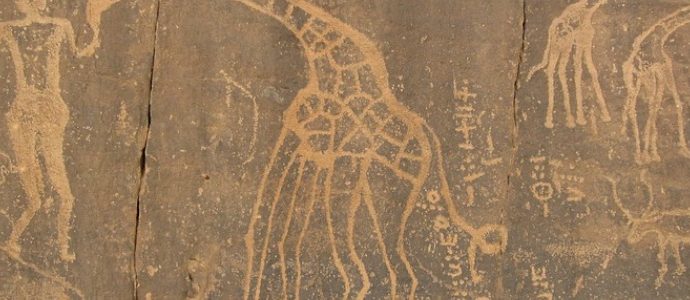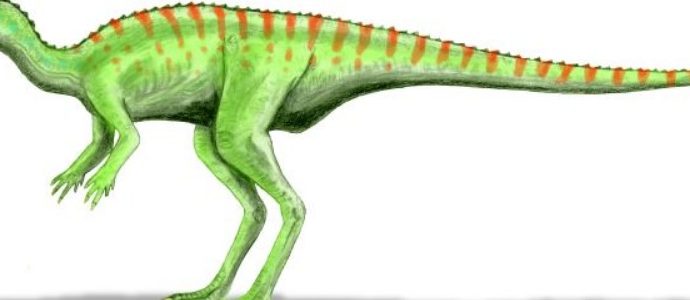Early Humans May Have Endured Harsh Ice Age Winters by Hibernating
A new study suggests that some ancient humans may have had an ability that many of us would like to have at the end of each year: to be able to hibernate through the cold winter months. This new theory regarding our ancestors and their close cousins came from half-million-year-oldread more

